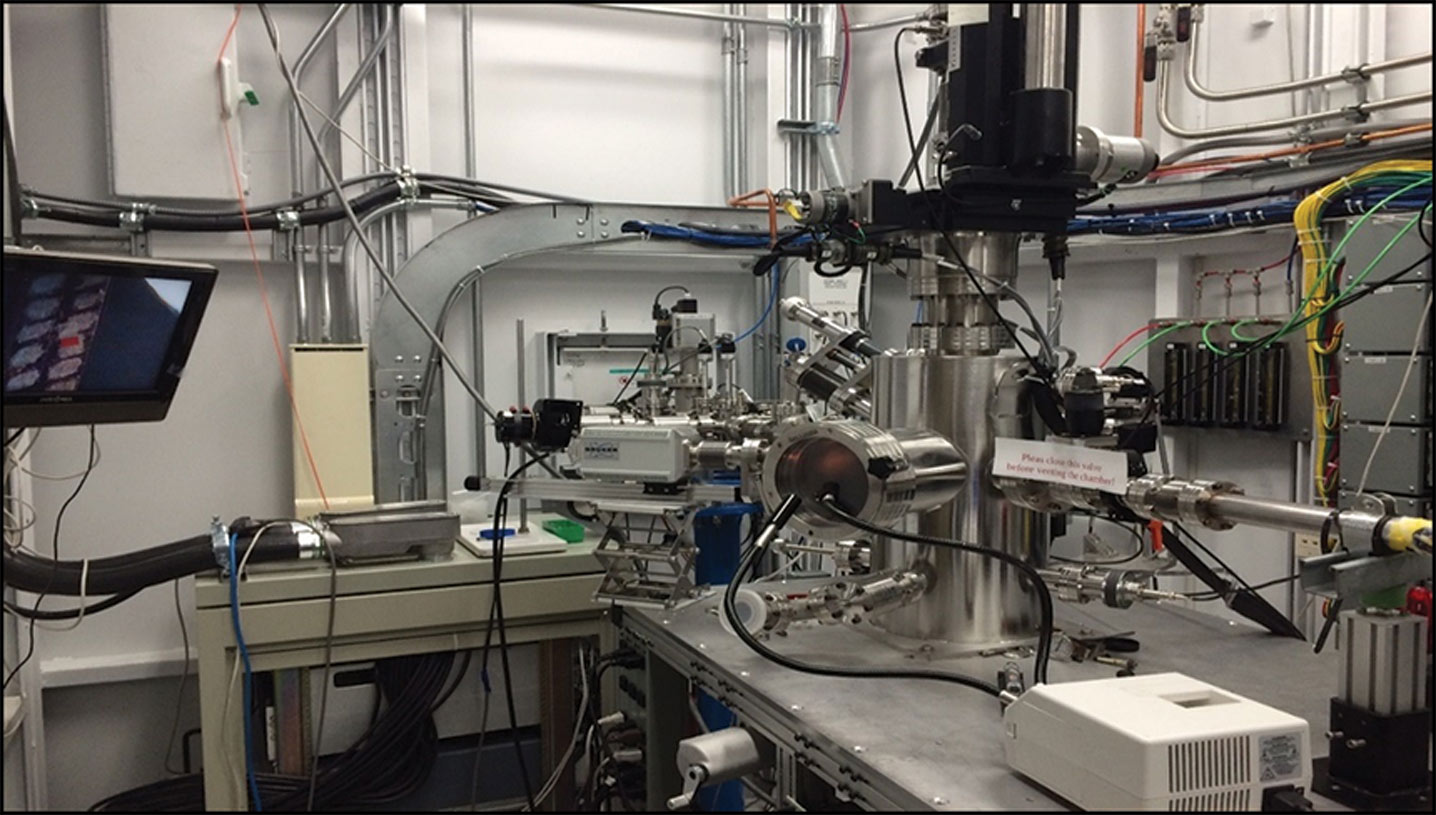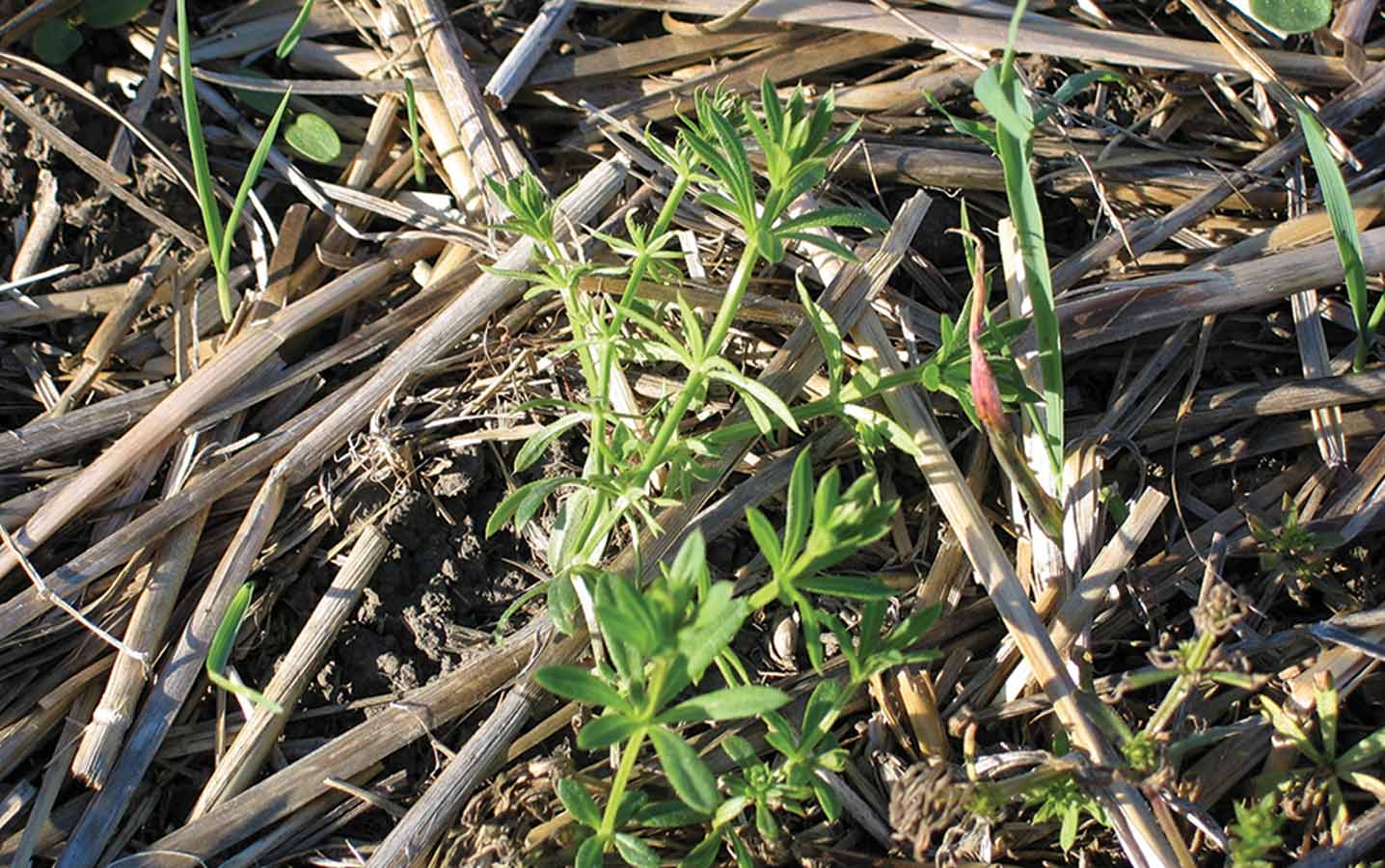Key Result: While soil electrical conductivity (EC) measurement is a strong indicator of soil clay and moisture content, it cannot help to make variable rate (VR) fertilizer programs more consistent. Producers using VR should be prepared to use a specific strategy for each field each year. Project title, Principal investigators: “Understanding soil variability for effective...
Read More 
Key result: A pest complex of economically significant cutworm species can be found on the Prairies, and outbreaks seem to be occurring with greater frequency. This study has resulted in a DNA protocol for quick, accurate identification of cutworm species; identification of natural enemies and evaluation of their ability to develop on different cutworm species;...
Read More Key result: Seeding rates should be established based on 1,000-seed weight, using an on-line seeding rate calculator or on-line apps. Project title, Principal investigator: “Seed size and seeding rate effects on canola yield and quality,” Neil Harker, Agriculture and Agri-Food Canada Lacombe Funding: Alberta Canola, MCGA, SaskCanola, CCC, AAFC, GF2 Recent surveys indicate that approximately...
Read More 
Key Result: Choosing the most suitable sulphur (S) fertilizer for the conditions can be difficult. This study found that soluble sulphates, thiosulphate and gypsum are effective at providing early supplies of plant-available sulphate in the seed row. An early supply of sulphate appears to be important for plant S uptake and yield. Project title, Principal...
Read More 
It is important to note that, as of October 2016, clomazone is not yet registered and quinclorac should not be used on canola due to maximum residue limit (MRL) issues. Until exporters and processors are confident that they can ship quinclorac-treated canola without trade concerns, growers are advised to avoid this marketing risk by using other cleavers control methods. Learn more at keepingitclean.ca/canola.







